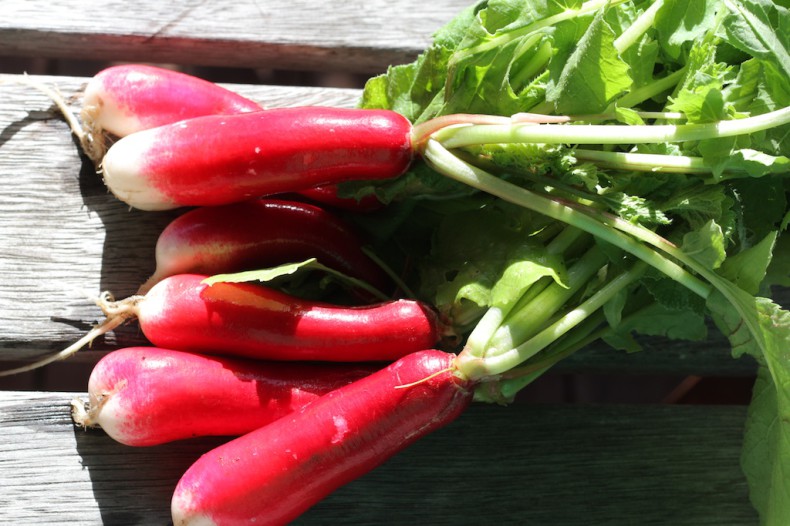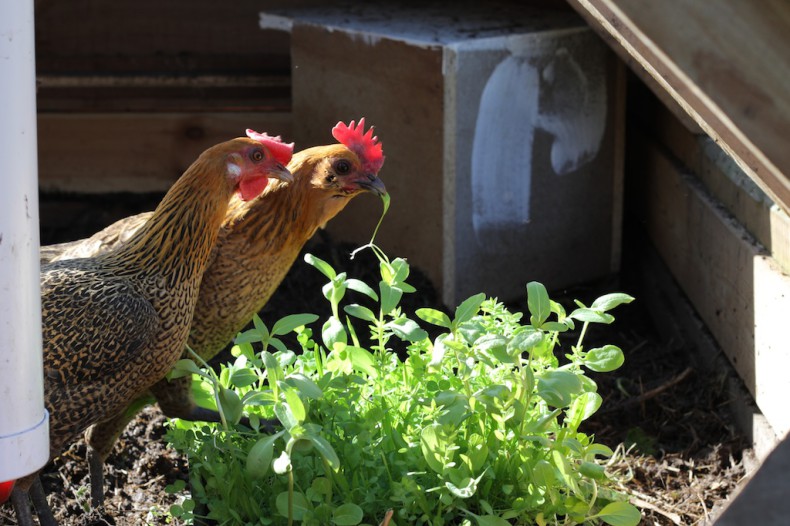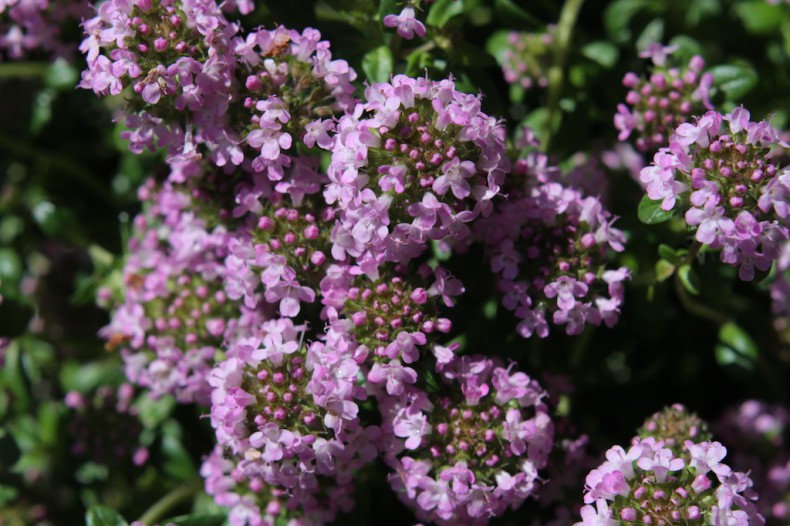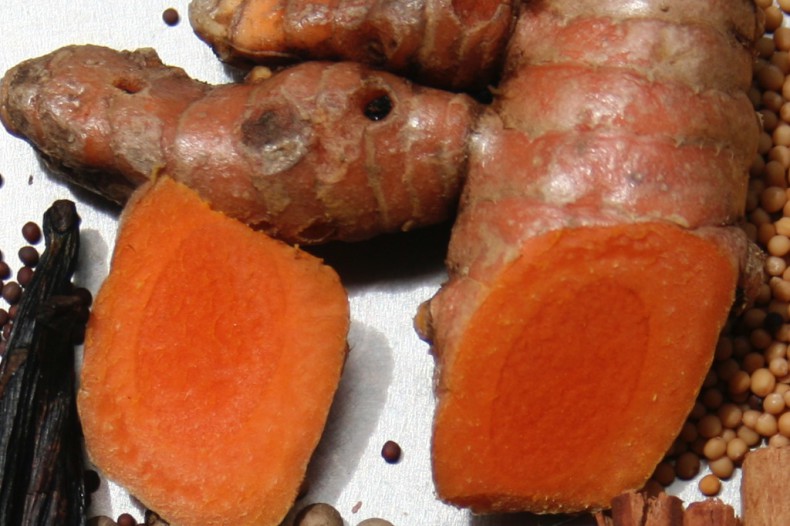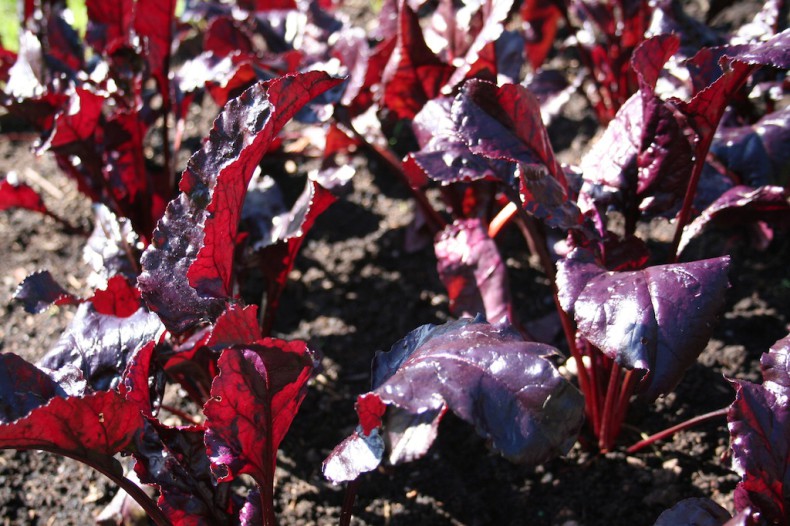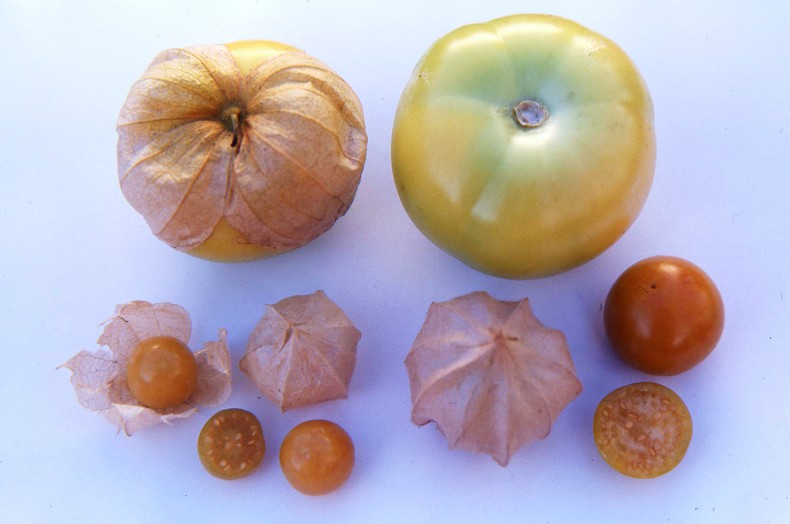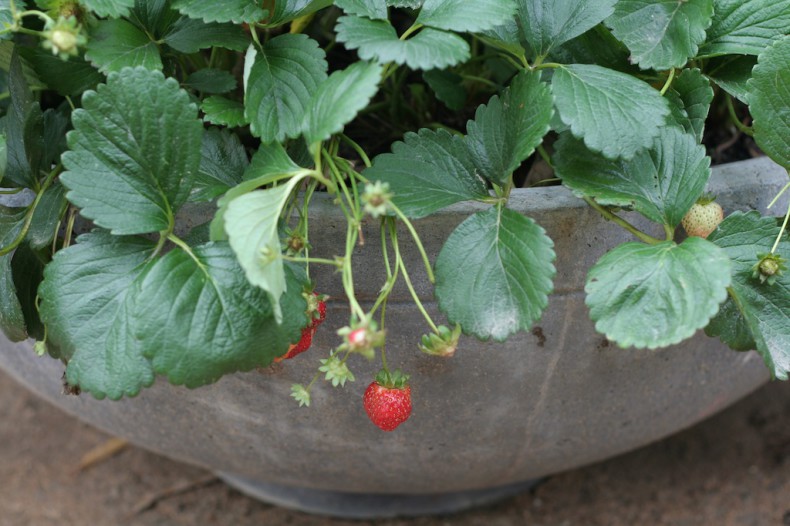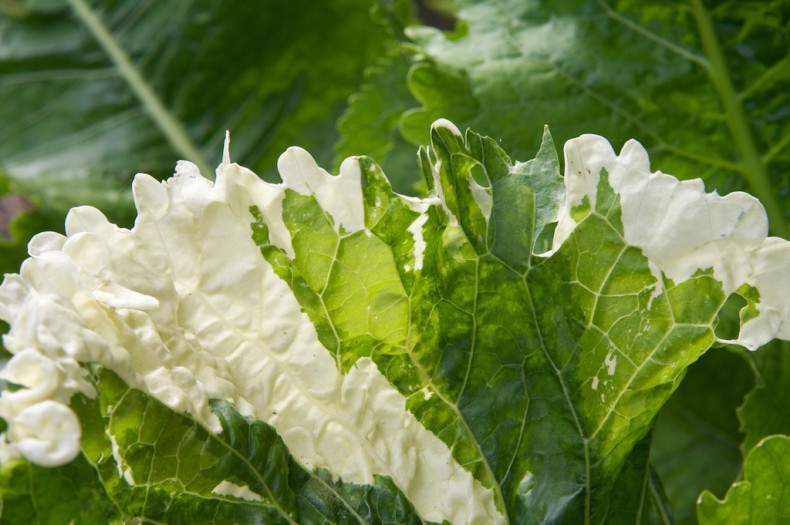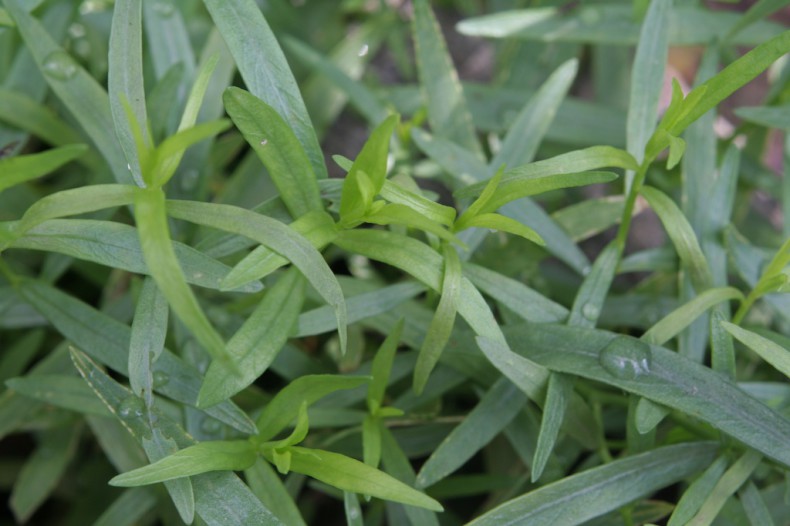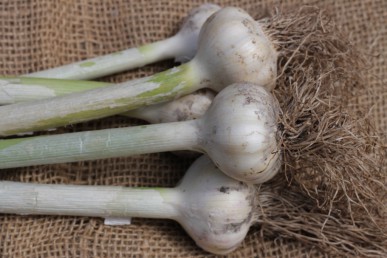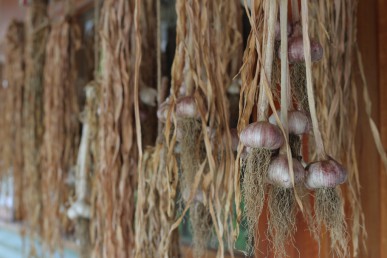This bite sized treat is one of the easiest of all vegetables to grow and my favourite radish. Mild flavoured ‘French Breakfast’ radish (Raphanus sativus) was first introduced in Paris in 1879. The market porters in Paris used to eat these radishes with butter and salt as a mid-morning treat, hence French Breakfast. Sow seed into any reasonable garden soil in full sun to semi-shade, keep moist and thin to 5cm spacings once they have a few leaves. Add the thinned leaves to salad. Bubls can be harvested after 4-6 weeks and if you want to make sure you have them on hand when ever you feel like one, then sow new seed every three weeks. These mildly spicey radishes make a delicious snack on their own, or dunked in a dip, or emulate the French porter and cut in half, spread with butter and sprinkle with salt, yum! They are also, of course, delicious in salads or used as a garnish on a range of dishes. Young and older leaves also make a slightly spicey salad leaf. Continue Reading
By Penny Woodward
A variety of green feed is essential to chook welfare and happiness. This can be achieved in a number of different ways, ranging from allowing your chooks to free-range to supplying all their greens in the chook pen. My girls don’t free-range, their pen, though, does get moved every few weeks to a new position. I provide them with fresh green leaves every day, usually just dropped into the pen. Alternatively they can be hung in a bunch, or placed into a basket. Keeping them off the ground helps to keep the leaves clean and prevents contamination from chook poo. Plants that can be harvested from the average garden and fed to chooks are weeds like dandelions, milk thistle and cleavers; vegie leaves such as brassica, lettuce and silverbeet, and herbs including borage, comfrey, lemon balm, nasturtiums and chicory. Some of these can also be grown in pots, placed in the pen and then removed to re-grow. Comfrey is a particularly important green for chooks as it is high in protein, potassium and calcium, as well as several important amino acids. I try to make sure my hens have a little comfrey every day. Continue Reading
By Penny Woodward
Cretan thyme (Thymus longicaulis subsp. chaubardii) and other ground cover thymes will grow from sub-tropical to cold temperate regions. They need full sun and very well drained soil. Ground cover thymes are very useful to cover bare patches, while providing little competition for nearby plants. They are also wonderful for attracting bees, so plant them near fruit trees and vegetables that need bees for pollination. Continue Reading
Known in India as grandmother’s herb the root of this ‘cure all’ plant is antiseptic and astringent. Turmeric is a herbaceous perennial that grows from the characteristic orange yellow rhizome with broad oblong leaves. It thrives in tropical and sub-tropical regions planted into well-drained humus-rich soils in autumn. In cooler regions plant into large pots, full of composty soil and sit the pot in a sunny position where it will receive almost no water during late autumn, winter and early spring, but make sure it gets plenty of water once the weather warms up. Turmeric is a heavy feeder so top up with compost or manures or blood and bone every few weeks once it starts vigorously growing in spring. Continue Reading
I was leafing through the book I wrote with Pam Vardy, Community Gardens: A Celebration of the People, Recipes and Plants because I had been thinking about refugees and immigrants and how much they have enhanced our lives. Since the new government has been in power (and to some extent the previous government) the rhetoric has again resembled that of the Howard government and the Tampa. It was the events surrounding Tampa that prompted Pam and myself to get together and combine our skills (hers in interviewing and cooking, and mine in gardening and writing) to produce a book that show cases just a few of the very many ways that people from other cultures and countries have added to our lives and lifestyles in Australia. To highlight this, I thought that from time to time, by taking extracts from the book, I would focus on unusual individual plants or ways of using plants that we would not otherwise have available for our gardens or meals. Continue Reading
By Gail Thomas
As alternatives for the garden cape gooseberries, ground cherries and tomatillos (all in the Physalis family) are both edible and ornamental with their fruit forming in protective lantern-like calyxes which conveniently keeps the birds and bugs at bay.
All three species are best planted in spring and treated similarly to tomatoes. The lemon/gold flowers develop into green calyxes which turn to a papery beige hue as the fruit, suspended inside ripens from late summer through to autumn. Continue Reading
Article and photos by Penny Woodward
I have just spread cow manure around my strawberries and mulched with lucerne hay. And I added some pine needles collected from the block behind us. Although our soil is already slighty acid, strawberries love acidic soil, so I spoil them with a dusting of pine needles. I love the way the strawberries appear at the same time as the petals of the luscious red roses. The perfect combination for one of my favourite jams. I only make this in small jars because it seems too precious to eat in bulk. The flavour is true stawberry with ephemeral flavours of the fragrant red petals. Anyway, here is the recipe, and you have plenty of time to make them so you can parcel them up as unique and special Christmas presents. Continue Reading
By Stephen Ryan with a recipe from Penny Woodward
Those of you who know me will perhaps be surprised that I am writing for Penny’s website as I am after all foremost a collector of rare ornamental plants, but the point is that some rare and ornamental plants can also be useful and/or edible as well. Many of you would rightly argue that most edibles are indeed ornamental and there are lots of rare ones to collect and that is the very reason I’m writing here and I am going to start with horseradish (Armoracia rusticana). Continue Reading
French tarragon Artemisia dracunculus is one of the trickiest herbs to grow, but also one of the most rewarding. It’s anise-like flavour is clean, subtle and delightful, while also being penetrating; a little goes a long way. It has smooth narrow bright green leaves on stalks that grow from a spreading roostock. Growing to about 40 cm, it rarely flowers, and never sets viable seed. Continue Reading
Garlic harvesting takes place from spring to early summer. As the weather warms up and days lengthen, bulbs reach their full size and the leaves start to die back. Once the bulbs are harvested and either before or after curing (drying) you might like to plait your bulbs into a braid.
Follow the directions below for a simple way to do this.
You will need: Scissors, a soft brush and strong string. If you have cured (dried) your garlic first then you will also need two old towels. Continue Reading

